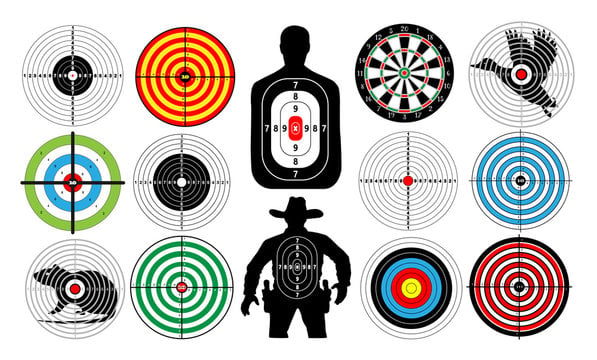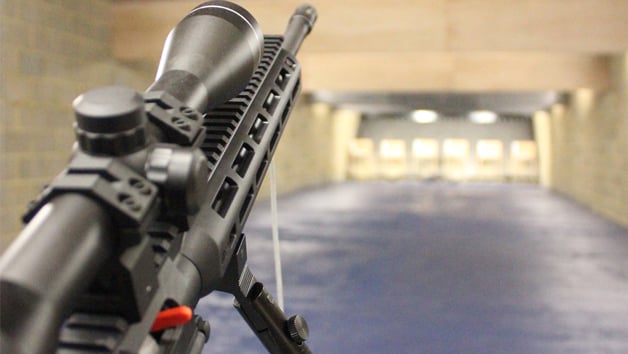
Camp Kitchen Organizer
In this article, we'll explore the world of camp kitchen organizers, diving into the various types available, their key features, and the benefits they bring to your outdoor cooking experience.
Jul 25, 2024 | by N Johansson

Are you feeling frustrated by your inconsistent shooting results or stagnant rifle shooting practice routines? Many shooters underestimate the profound impact that choosing the correct targets can have on their progress and skill development.
Imagine spending countless hours at the range, perfecting your form and technique, only to see marginal improvements in your accuracy and skill. The wrong targets can conceal your weaknesses, offer inadequate feedback, and even dull your enjoyment of the sport. Inadequate targets might compromise safety, posing risks that endanger you and others.
But what if the key to unlocking your full potential in shooting lies in something as simple as selecting the right targets? By choosing targets tailored to your specific goals, you can revolutionize your practice sessions, making them more productive, insightful, and enjoyable. This guide will walk you through various target types, how to select the right ones, and tips to maximize your practice.

Selecting the right target can vastly improve your rifle shooting practice, enhancing your accuracy and overall shooting proficiency. Your journey to better shooting begins with understanding the variety of targets available and choosing those that align with your skill level and objectives.
Final Thoughts: By choosing the right targets, you transform your practice from routine to rewarding, unlocking new levels of precision and enjoyment.
Call to Action: Try different target types and share your experiences in the comments below. Engage with the community, ask questions, and stay updated with our additional resources for further learning and improvement.
Start refining your practice today with the ideal targets tailored to your needs!